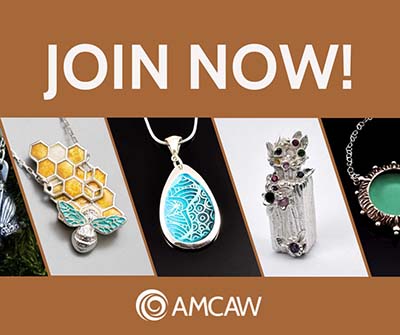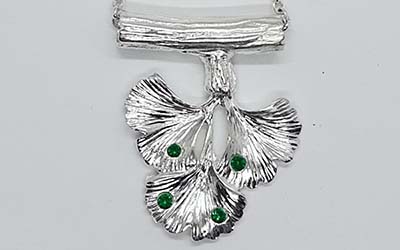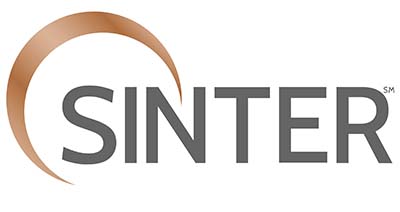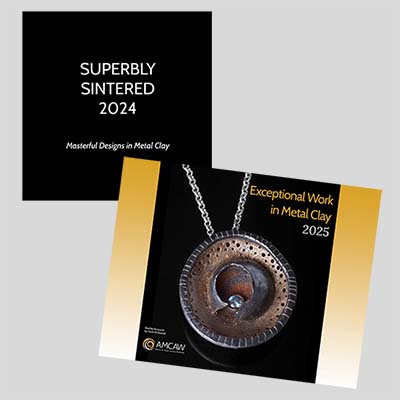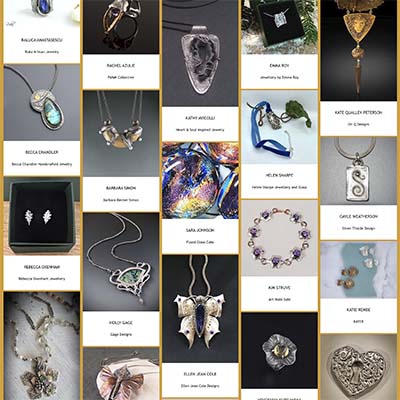Labor. Yup, another labor rate. The price for fabricating the jewelry elements (which was part of the direct costs considered above) may be very different from the rate you charge for doing administrative tasks. Anytime you’re working on your business you deserve to get paid. Again, never pay yourself less than the minimum wage in your area! Overhead labor costs might include:
- Communication with vendors or wholesale accounts
- Website maintenance, listing, writing descriptions
- Photography
- Packaging and shipping
Outside labor. A.K.A. Outsourcing. Does a friend or family member help to polish your jewelry, string beads, carry your booth to shows, etc.? They need to get paid too, and you must be able to account for that expense. Even if you’re trading services or paying with a piece of jewelry, all labor must be considered. Someday you may hire full or part-time professional help and having a procedure in place will help.
Marketing this covers a very broad range of items that includes (but is not limited to):
- Website hosting and design
- Fees for sales sites like Etsy or Artful Home
- Business cards, postcards, flyers
- Booth Fees
- Show applications or jury fees
- Gallery commissions
- Photography
- Wi-Fi
- Promotional items like signage and banners
Tangible Assets are those you can touch. Some of the tools you use in your work, booth furniture, office furniture and machines will be expensive investments that will depreciate over time. That means the item has a long life span and only a percentage of the cost can be taken into account per year. These include (but are not limited to):
- Kiln
- Polishing tools – like a Foredom or Jool Tool
- Tumbler and shot
- Hammers
- Office furniture and chairs
- Office machines (computer, copier, etc.)
- Show tents and large display furniture
- Camera
Consumable supplies like sandpaper; rotary tools, accessories and bits, saw blades, pencils and pens, light bulbs, tape, receipt books and any other office or studio supplies that are used in your business but must be replaced on a regular basis should also be included.
Insurance. Theft and injury are a real danger in a jewelry making business. Your insurance should cover shows and exhibitions as well as protection for your studio space. Product liability insurance is required in some countries particularly if you rent space in an artist collective or educational establishment. This compensates anyone who is injured by a faulty product that your business designs, manufactures or supplies. Sometimes this can be covered by homeowner’s insurance, but you should check with your provider to make sure.
Education and Research. These kinds of expenses are imperative to a growing business. Classes taken online or in person, books, magazines, and museum memberships, etc. are all ongoing educational expenses.
Travel. Not everyone will need to add this into the mix, but some may incur travel expenses to craft or bead shows, or to visit a manufacturer or gem dealer overseas. Even local travel to visit clients, meet with your accountant or bank can be included in business expenses in some countries. Check with your accountant or consult your taxation authority (HMRC, IRS etc) to find out how that works in your country.
Financial Considerations. Bank fees for your business account(s), credit card processing fees, and credit card machines are also part of your overhead expenses.
One good way to come up with an acceptable percentage of these expenses that you can add into your pricing strategy is to come up with a yearly total, and divide it by the month, day, minute, and add that number below your labor costs, or if that just seems too daunting, you can fall back on one of the many formulas you’ll find online.
In the example used at the beginning of this article Cost + Labor x 2.5 = Wholesale x 2.5 = Retail, the first mark-up of 2.5 is intended to cover all the overhead costs plus profit.
While the expenses listed above are, by far, the most important things to think of when pricing your work – they’re not the only factors to examine.
